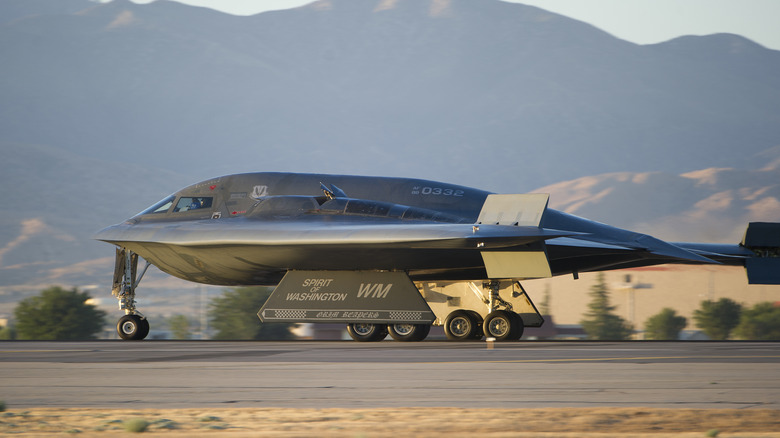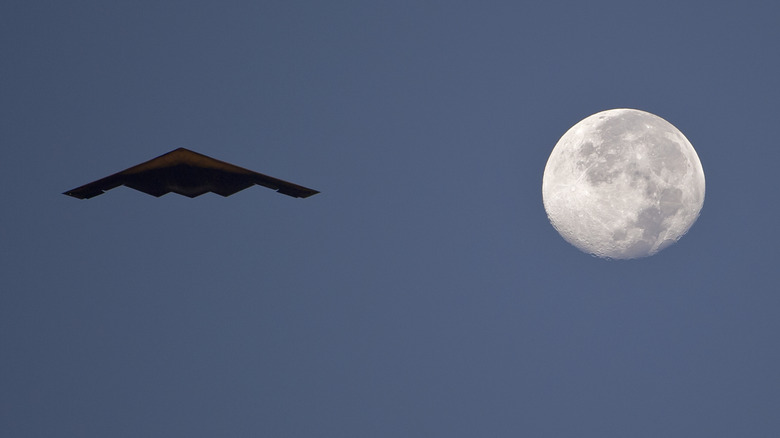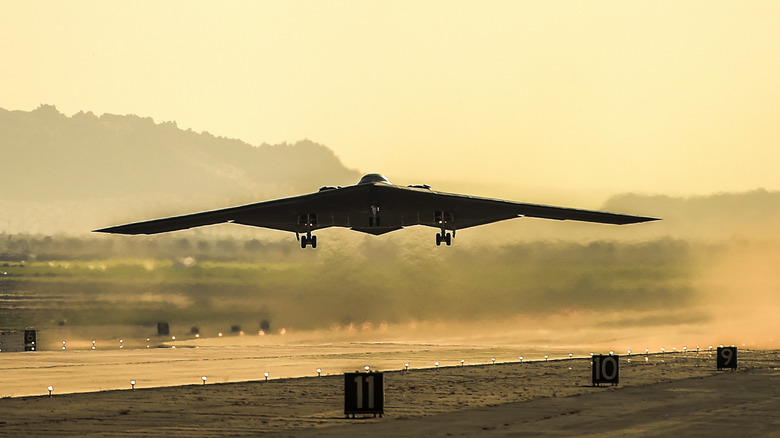Why The US Ended The B-2 Stealth Bomber Program
The B-2 Spirit was one of the most advanced aircraft ever built. It was Northrop Grumman's best stealth bomber aircraft, designed to fly across continents and deliver nuclear payloads without warning. It was the ultimate Cold War weapon, built in secrecy and backed by billions in defense spending. But despite all that investment, the program was cut short. Only 21 of these bombers were ever made before the U.S. quietly ended production. Today, the number of B-2 Bombers the United States has decreased even further.
Unfortunately, by the time the B-2 took flight, the Cold War was over, and the Soviet Union had collapsed. Without its original threat, the bomber's purpose came into question. The U.S. no longer needed such an expensive nuclear deterrent, especially with rising pressure to reduce federal spending and focus on domestic priorities. In the end, the B-2 came to represent that even the most high-tech weapons can lose their purpose when the world shifts around them.
Why the B-2 was cut after the Cold War
In the 1980s, spending on national defense was at an all-time high. But when the geopolitical landscape shifted in the early '90s, keeping that pace didn't make sense anymore. The threat of nuclear war was no longer hanging overhead, and policymakers began reassessing what security really meant in this new world. As a result, President George H.W. Bush didn't waste time, and he took strategic bombers off constant nuclear alert for the first time in over three decades.
That decision triggered a chain reaction, putting a halt to the B-2 Spirit Stealth Bomber's production in the 90s. The decision sent a clear message about the country's changing defense priorities. A message to the world, and especially to post-Soviet Russia, that the U.S. wasn't going to keep stockpiling Cold War hardware. The military also agreed. Even the Secretary of Defense and the Joint Chiefs backed the move, seeing it as a practical step toward a leaner, more flexible force.
Money talks, and the math didn't add up
Let's be honest — B-2 Bombers cost more than any other plane, with each costing over $2 billion. That's a hard number to justify when the country is trying to rebuild its economy and address domestic issues. Congress was under growing pressure to curb spending, and expensive defense projects were easy targets. The B-2 wasn't the only one on the chopping block. In fact, hundreds of federal programs were under review, including other military projects rooted in a different era.
Plus, there was a growing feeling that America had to focus inward. Reducing debt, improving healthcare, investing in education — those were becoming the headlines. Cutting the B-2 wasn't seen as soft on defense; it was painted as smart budgeting. President George H.W. Bush, while addressing a joint session of Congress in January 1992, claimed that ending the program could save $50 billion over five years. That kind of money would've meant real change where it was actually needed.


